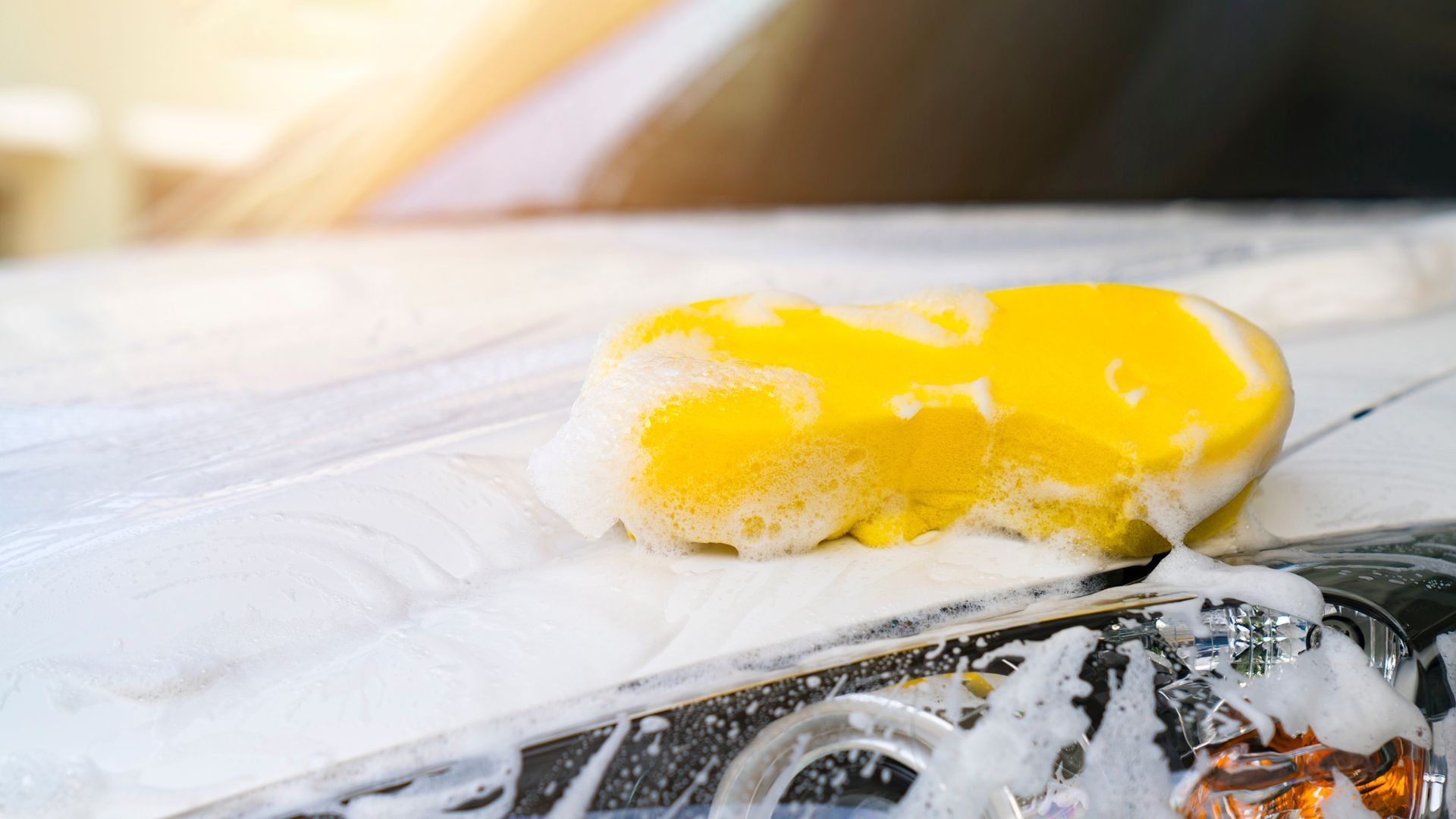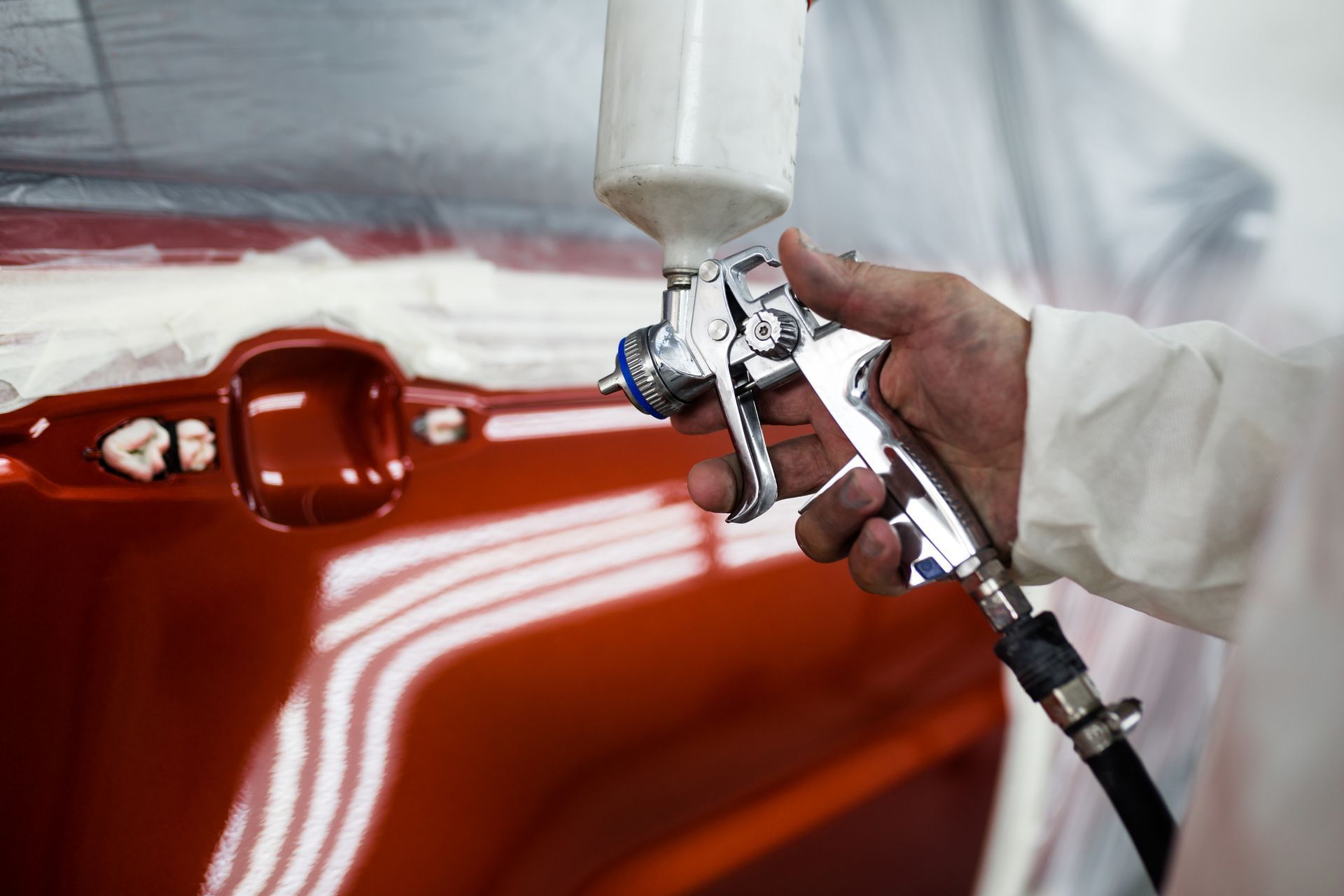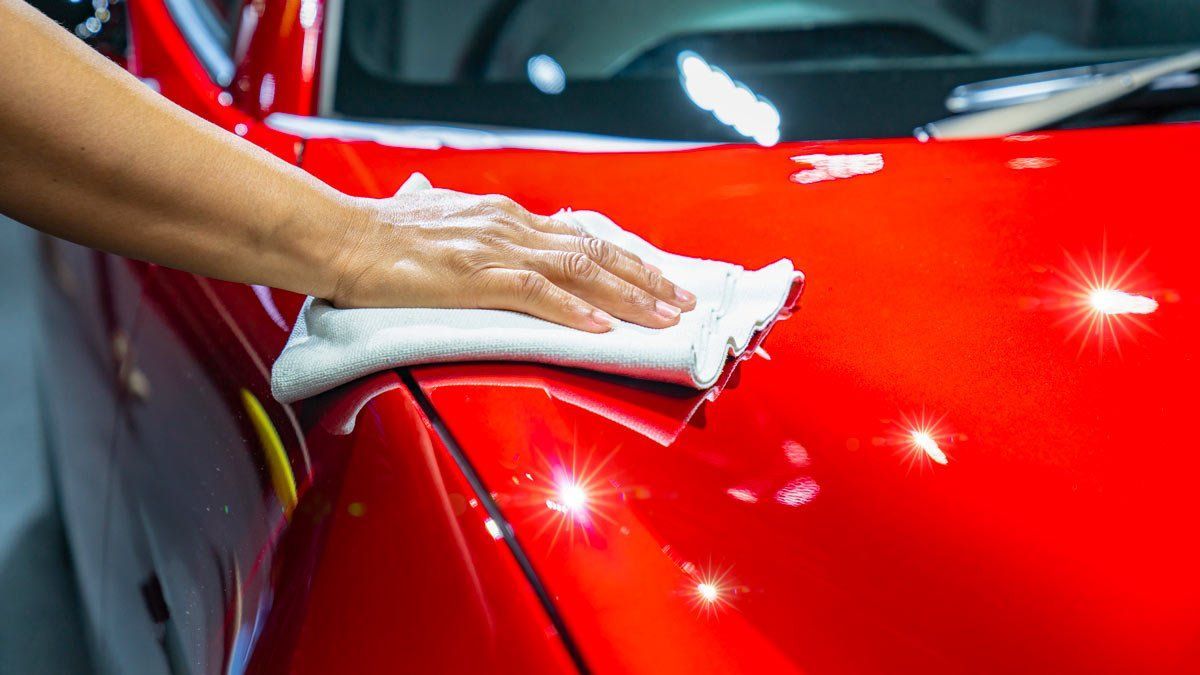Understanding Car Wax Products
20 January 2021
If you care about the looks and value of your vehicle, you'll want to keep it washed as well as waxed. Even an invisibly thin layer of wax can prevent ultraviolet rays and other environmental elements from prematurely aging your paint job. Wax also adds a showroom shine and helps raindrops roll off the car's body.
While any kind of car wax will offer more protection than no wax at all, car owners may find the sheer range of wax choices confusing. Use the following guide to help you choose the right kind of wax product or method for your specific needs and goals.
Natural Wax Versus Synthetic Wax
Vehicle wax falls into two primary categories,
natural wax and synthetic wax
. Natural wax usually features a white or yellowish substance called carnauba, the resin of a Brazilian palm tree. Synthetic wax combines countless tiny chemical particles suspended in an easy-to-apply polymer.
Both natural and synthetic waxes can protect your vehicle's exterior and enhance your car's looks. however, each has its own particular advantages. Carnauba wax does a better job of bringing out color and maximizing shine, especially on vintage paint jobs. Synthetic waxes bond to the clear coat for longer-lasting protection.
Paste Wax
Both natural and synthetic waxes can come in paste form, the oldest form of vehicle wax. Careful application and buffing of paste wax (which usually involves a fair amount of elbow grease) creates a brilliant shine, often accompanied by a pleasant scent. Natural paste products also enhance the depth and intensity of paint colors.
If you decide to treat your car's exterior to paste wax, you'll find it much easier to leave this deluxe option to your professional exterior detailing experts. Detailers know how to work with the relatively hard texture of the paste. They'll also use the right buffing equipment to obtain the best results from this sometimes tricky product.
Bear in mind that even the highest-quality carnauba wax tends to have a shorter effective lifespan than synthetic waxes, with reapplication necessary every four months to maintain optimal protection - which can be a hassle if you use paste wax. However, you may find the investment well worthwhile, especially if you own a classic car or luxury vehicle.
Spray Wax
On the opposite end of the difficulty spectrum, spray wax can cover and protect a car's exterior quickly and easily. These waxes commonly see use in self-serve or drive-through car wash lanes, although full-service shops can offer this option as well. Some solutions combine car wash and car wax into a single hybrid product.
While spray wax can provide basic protection and an adequate shine when you don't have time for more thorough treatment, these benefits won't last long. Use this option as a necessary stopgap to keep your car's exterior protected between longer-lasting applications featuring other products and methods.
Liquid Wax
Liquid wax offers a useful compromise between old-fashioned paste wax and short-lived spray wax. Many doit-yourselfers rely on this kind of wax for relatively quick and easy application and removal by hand. It also serves as an affordable alternative to pricier carnauba wax when having your car waxed professionally.
Liquid wax goes on easily with the aid of an ordinary buffing pad or applicator. It dries quickly, allowing for equally quick removal. However, if you lack experience with this product, you can easily apply more liquid than you'd intended, leaving an overly-thick coating that may not provide the dazzling shine you'd hoped for.
Grand Prix Car Wash can provide your car with high-quality wax products and services to keep your vehicle looking fresh, new, and colorful.
Contact us
to learn more or visit either of our locations.
Professional hand waxing is one of the most effective ways of keeping your car looking new. Learn about the benefits of hand waxing your car.
A well-maintained car is about maintaining its value, ensuring its functionality, and, taking pride in your ride. Read this blog on car deep cleaning tips.
Car detailing is essential to maintain your vehicle's appearance and overall health. To better understand this process, learn about a few industry myths.
Detailing can be time-consuming and labor-intensive, but the benefits of auto detailing are well worth it. Discover the many advantages of auto detailing.
Protecting your car from cold is essential to keeping it running correctly and avoiding costly repairs. Learn how waxing your car can do this.
Any car, new or used, needs care and protection from the sun's rays. Learn how to best defend your car’s exterior from UV radiation.
While you save money in the short term by cleaning your car yourself, professional cleaning helps preserve your car in the long run. Learn more here.



